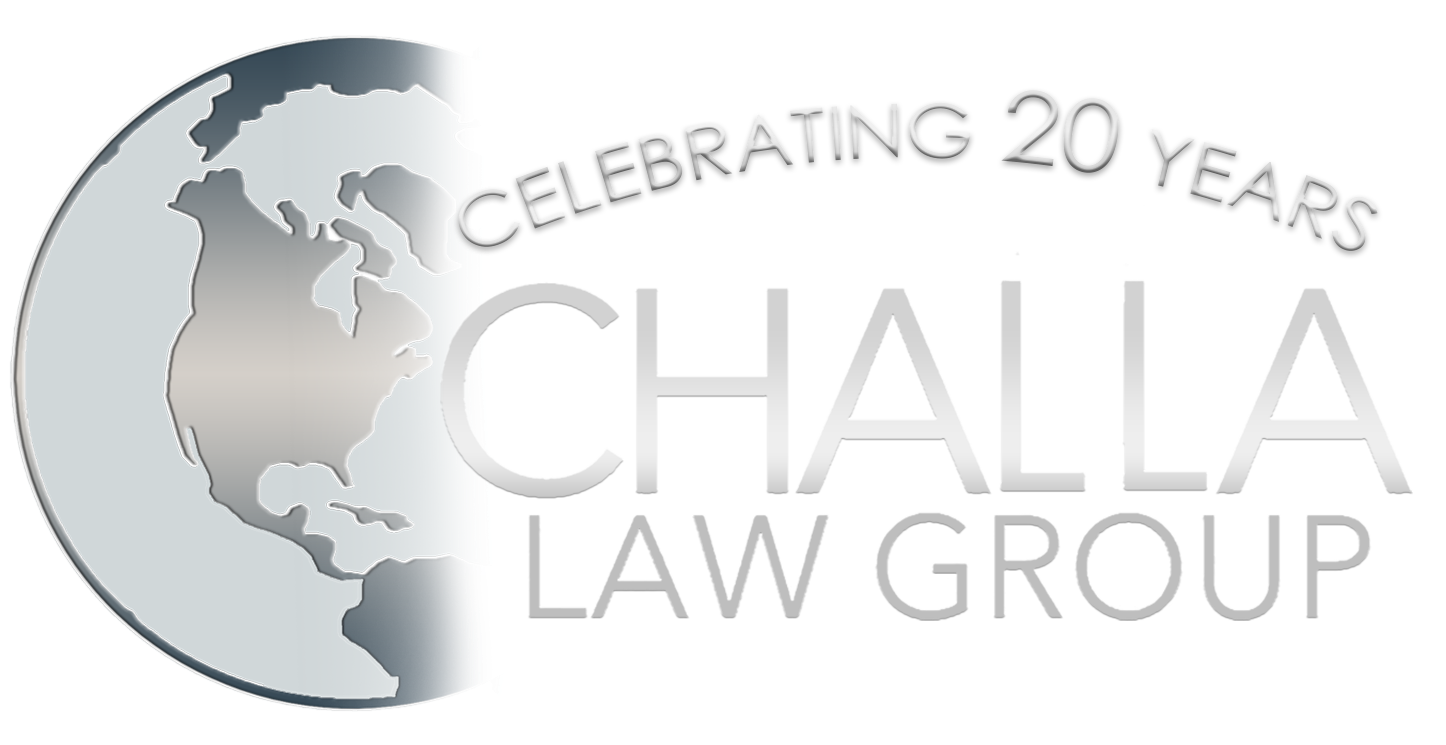USCIS to Allow F-1 Students to File I-765 Online to Request OPT
USCIS announced that it would now accept the online version of Form I-765 from certain F-1 students applying for pre or post-completion OPT or STEM OPT extensions. This may provide some relief to students who have been subject to delays at USCIS lockboxes. Previously, USCIS announced flexibilities for F-1 students who had been affected by lockbox delays.
USCIS Announcement
WASHINGTON—U.S. Citizenship and Immigration Services today announced that F-1 students seeking optional practical training (OPT) can now file Form I-765, Application for Employment Authorization, online if they are filing under one of these categories:
- (c)(3)(A) – Pre-Completion OPT;
- (c)(3)(B) – Post-Completion OPT; and
- (c)(3)(C) – 24-Month Extension of OPT for science, technology, engineering and mathematics (STEM) students.
OPT is temporary employment that is directly related to an F-1 student’s major area of study. Eligible students can apply to receive up to 12 months of OPT employment authorization before completing their academic studies (pre-completion) and/or after completing their academic studies (post-completion). Eligible F-1 students who receive STEM degrees may apply for a 24-month extension of their post-completion OPT.
“USCIS remains committed to maximizing our online filing capabilities,” said Senior Official Performing the Duties of USCIS Director Tracy Renaud. “The I-765 online filing option allows eligible students to file forms online in a more user-friendly fashion and increases efficiencies for adjudicators.”
The option to file Form I-765 online is only available to F-1 students filing Form I-765 for OPT. If an applicant submits Form I-765 online to request employment authorization on or after April 15, but is eligible for a different employment authorization category, USCIS will deny the application and retain the fee. As USCIS continues to transition to paperless operations, the agency will work to expand online filing for Form I-765 to additional categories.
Online filing allows applicants to submit forms electronically, check the status of their case anytime from anywhere, and receive notices from USCIS online instead of waiting for them in the mail. USCIS is using innovation and technology to meet the needs of applicants, petitioners, and employees. Regardless of the paper or electronic format of an application or petition, USCIS is committed to ensuring a secure and efficient process for all.
Individuals can file 11 USCIS forms online, which can all be found on the Forms Available to File Online page. To file these forms online, individuals must first create a USCIS online account at https://myaccount.uscis.gov/. This free account allows them to:
- Submit their forms;
- Pay their fees;
- Track the status of their case;
- Communicate with USCIS through a secure inbox; and
- Respond to Requests for Evidence.
USCIS continues to accept the latest paper version of these forms by mail.
Connecting with Challa Law Group
Join us on Wednesdays for a live webinar at 12 PM ET on critical immigration updates
Don’t miss out on the immigration news! You can sign up for our mailing list or follow us on Facebook, Twitter, Instagram, YouTube, or LinkedIn. You can also join our Telegram community.
Contact us atinfo@challalaw.com or 804-360-8482 to get your case started today.







